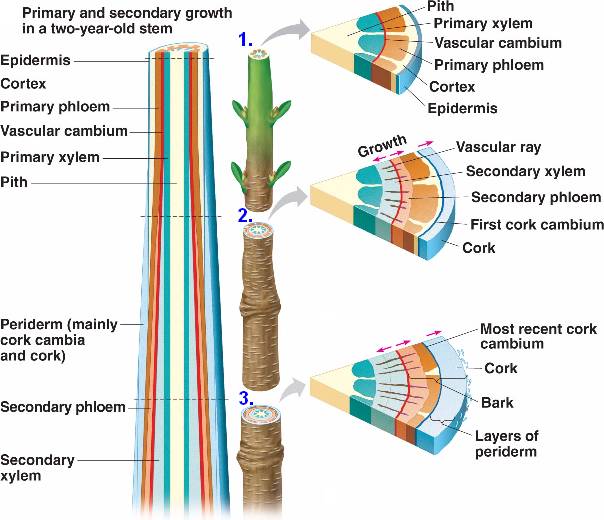My babies have gotten so big it makes me so happy :) But this is not as big as they will get! Eventually my babies will undergo reproduction. They will produce flowers which have petals, sepals, stamens, carpels, and pollen. The sepals protect the floral bud before it opens and the petals attract insects and other pollinators to the plant with their color and fragrance. The stamen is the male reproductive organ of a flower. Each stamen generally has a stalk called the filament. At the top of the filament is the anther and pollen sacs.The center of this organism is where the reproductive process of pollination takes place. The carpel is the female reproductive organ of a flower. Each carpel has a stigma which is where pollen is deposited, the style which is the stalk between the stigma and ovary, and the ovary which holds the ovules for fertilization. The pollen fertilizes the ovule in the ovary and eventually develops into a seed. Then the seed will eventually fall to the ground and being the growth of another baby plant! Double fertilization is when two sperm fertilize one egg! One sperm will actually fertilize the egg that will develop into an embryo. The other sperm combines with the two polar nuclei located in the center and forms a triploid endosperm nucleus. The endosperm basically provides extra nutrient for the seed!
Baby Plant Project
Sunday, April 21, 2013
Monday, April 15, 2013
First corn internode!
Baby corn experienced her first internode today! It's small, but still there. Remember, this is the area between the nodes. Baby tomato is a beaut. You may also see how baby tomato is growing towards the window, or actually the light coming in the window! This is because of phototropism which is a plants growth in response to light. Tomato is growing towards the light because the cells on tomato that are farthest from the light have a chemical hormone called auxin which causes the plant to have elongated cells on the farthest side from the light, bending the plant towards the stimuli. Another hormone that plants have is cytokinins which promotes cell division (cytokinesis) in plant roots and shoots. When baby tomato and corn first started sprouting it was because of cytokinins promoting cell growth! This growth takes place in the meristem, which is the site of repeated cell division. Primary growth occurs at the apical meristems where the structure is elongated and secondary growth occurs at the vascular cambium and cortex cambium, where the structure is increased in width.


Sunday, April 14, 2013
First corn leaf!
Baby corn produced her first leaf. I am so proud! Baby tomato is still growing strong with many internodes and leaves!
Thursday, April 11, 2013
Mmmm food...
I was feeling a little hungry earlier and it made me think, how are my babies eating? They don't have mouths! And what do they like? Pizza? Cheeseburgers? Then it occurred to me, plants get food through translocation! Translocation is the movement of materials from the leaves to other parts of the plant. When photosynthesis occurs, plants produce sugars in their leaves which becomes a source for other parts of the plant such as the roots, flowers, fruits, stems, and other developing leaves. The phloem moves nutrients throughout the plant. It is made of long, continuous strands called vascular bundles which extend through the roots and stem and reach into the leaves as veins.
Wednesday, April 10, 2013
GROWTH!!!
BABY CORN HAD HER FIRST COTYLEDON!!!! Finally! Only one so far but hopefully more will come! And baby tomato is doing very well. She is getting so big! At the top of the cotyledon for my baby corn you can see it is sort of pointed. This shows that the cotyledon has a coleoptile on it which is a pointed protective sheath covering the cotyledon while it emerges from the root and ground. It is quite pale and now that its above the ground it'll stop growing and my baby corn will continue to grow out of it.
Tuesday, April 9, 2013
ROOOOOOOTS!
It's such an exciting day when you come home to see root growth from your baby corn! Finally some growth from the new monocots, only one though!
Monday, April 8, 2013
Subscribe to:
Comments (Atom)











